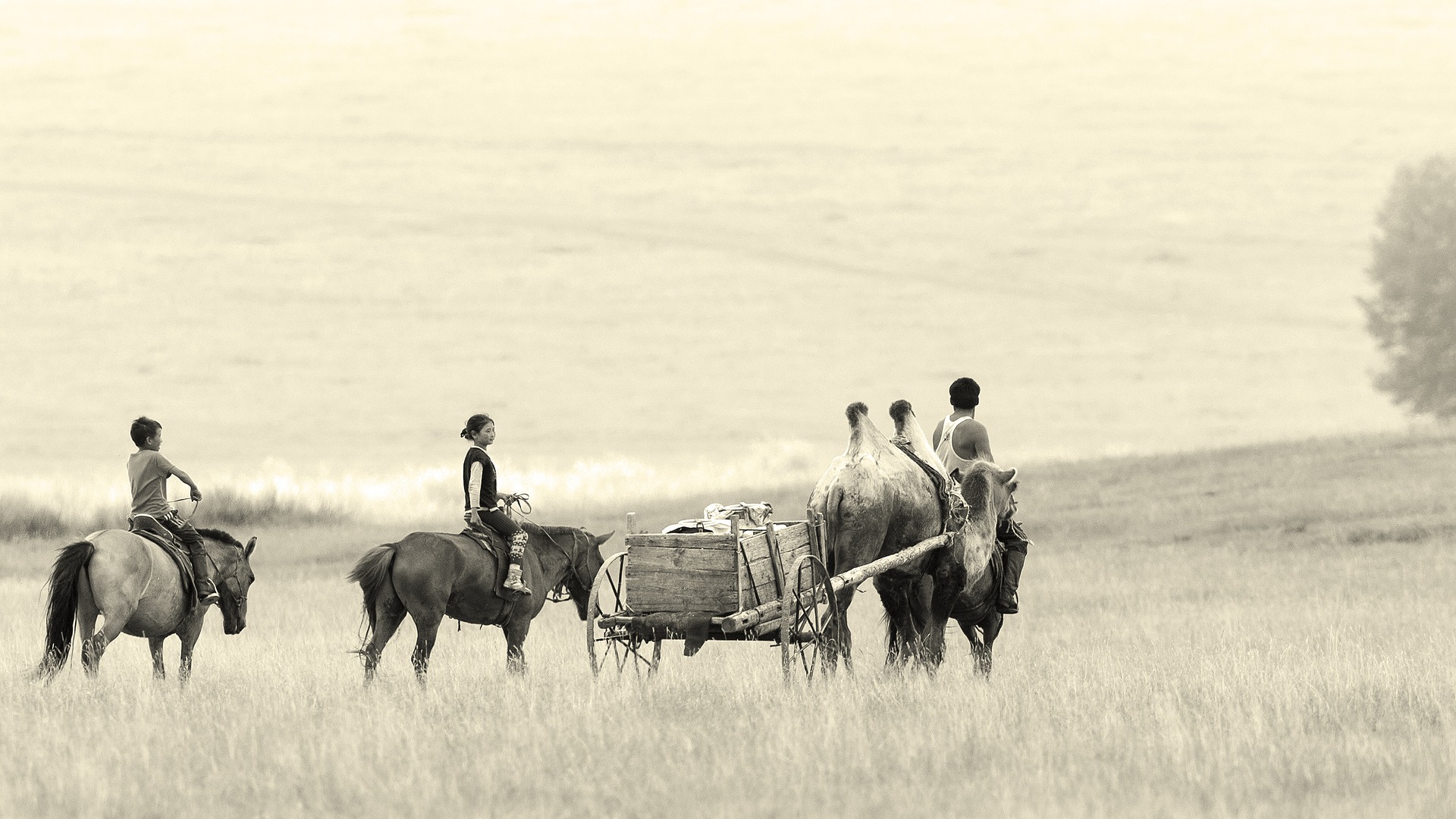CHRISTIANITY AMONG MONGOLIANS
In 1990, when Communism ended in Mongolia, the country began to open up to the world beyond the Soviet Bloc. At that time, there were only four (4) known Mongolian Christian believers. Soon afterward, the Jesus film and the Mongolian Bible were translated and many Christian groups started entering the country and working among the Mongolian people to share the Good News of Jesus Christ. After over half a century of Communism and sterile atheism, many Mongolians returned to their old religions such as Tibetan religion, Buddhism, and Shamanism. However, just like what Communism did to people in other parts of the world, it left Mongolia with a spiritual vacuum and a thirst for Truth. Therefore, the hearts of the people were wide open to the Gospel and the grace of God.
Even though many Mongolians returned to traditional religions, Christianity has experienced astounding growth in Mongolia in the last 25 years. Starting with those original four (4) believers, the number of Christians in Mongolia has now reached more than 100,000 with over 500 churches across the country (see image below). Still today, many church members in Mongolia are first-generation Christians, yet slowly, Christian families are emerging with second-generation believers. Christianity has become more acceptable in Mongolian society. As an ethnic/language group, there are currently more than 10 million Mongolians living around the world—predominantly throughout Asia. As a country, there are only 3 million Mongolians living within the border of Mongolia. Most ethnic Mongolians—6 million— live within neighboring China. There are another 1.5 – 2 million Mongolians living in Russia, Kazakhstan, Taiwan, and rest of the world.
For those Mongolians who live in China, Christianity is still relatively new. There are currently only about 15 identified Mongolian house churches in the Mongolian community in China. Very few of them have leaders with adequate training. On the other hand, among the “Diaspora” Mongolians (especially those who live in the U.S., Canada, and South Korea), there has been significant growth in the numbers of churches in the last few decades. Due to the economic and political situation during the Communist era, many Mongolians left their home country to work and study in foreign countries—particularly in South Korea, Canada, and the U.S. Large numbers of Mongolian immigrants and their families settled in these countries and have stayed over the last 25 years. There are at least 15 Mongolian churches planted among Mongolians in the U.S. and Canada and there are many churches being planted among Mongolians living in South Korea and Europe as well.


